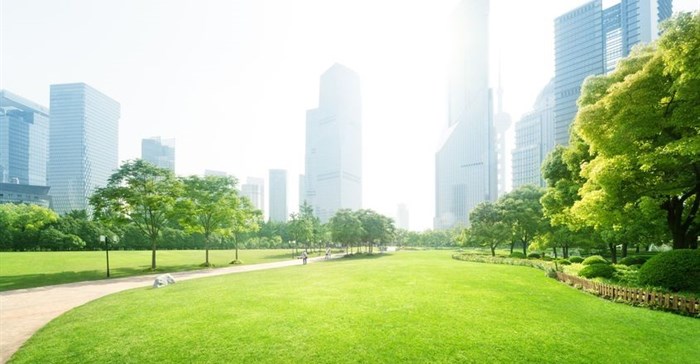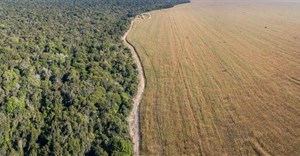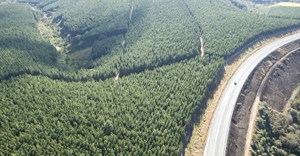Trending




 Sabre EMEA 2024 Awards: Razor PR, Retroviral top SA agenciesDanette Breitenbach
Sabre EMEA 2024 Awards: Razor PR, Retroviral top SA agenciesDanette Breitenbach
Elections 2024
Viable forest solutions are needed to build greener, healthier cities says FAO

Mitsugi called on participants to endorse a set of urban forest solutions, which was launched at the forum, to create greener, healthier cities.
The forum - Changing the nature of cities: the role of urban forestry for a green, healthier and happier future - was organised by FAO, the Municipality of Mantova, the Italian Society of Silviculture and Forest Ecology (SISEF) and the Politecnico di Milano.
"Existing and future cities must plan and design green spaces and urban forests to fulfil different interests and needs, provide the ecosystem services required by an increasing urban society and enhance the rural-urban continuum," said Mitsugi.
The forum provides a platform for sharing positive examples of urban forest planning, design and management around the world, and an opportunity to firm up participants' commitments to harness the benefits of forests.
Over 600 people - mayors, academics, foresters, landscape designers and town planners from more than 50 countries – have participated.
Why invest in urban forests and green spaces?
Cities occupy only 3% of the planet's surface, but consume 75% of natural resources. Over half of the world's population lives in cities, but by 2050, this is expected to rise to nearly 70%. At the same time, demand for urban water is likely to double.
"The expansion of cities often takes place without proper land use planning and the resulting human pressure has highly damaging effects on natural and agricultural landscapes in and around urban areas," said Mitsugi.
By better factoring in forest solutions in urban planning, forests and green spaces can address a range of challenges.
They can remove harmful pollutants, reduce noise, improve temperatures, mitigate the impacts of climate change, supply a range of products and renewable energy, protect water sources, and prevent soil erosion and floods.
For example, trees can reduce air conditioning needs by 30% if properly placed around buildings. In cold climates, they can shield homes from the wind and save energy used for heating by 20-50%. A mature tree can absorb up to 150 kg of CO2 per year, and thus help mitigate climate change.
Green areas can also have a positive effect on people's health and well-being, and can help create more cohesive societies.
How to create greener cities?
The forum's organisers launched a call for action, putting forward a set of forest solutions for participants to endorse. These include:
• Expanding canopy cover in cities, using the right tree in the right place;
• Developing political agendas that promote green spaces and urban forests;
• Regularly monitoring the heat-island effect in cities for strategic planning of urban forests;
• Using existing technical guidelines to plan, design and manage urban forests and trees;
• Creating and promoting green jobs and economic opportunities;
• Converting neglected areas, brownfields and courtyards into green spaces;
• Promoting community gardens, urban agriculture and urban food forests;
• Increasing the number of green buildings and vertical forests and encouraging the installation of green roofs.









